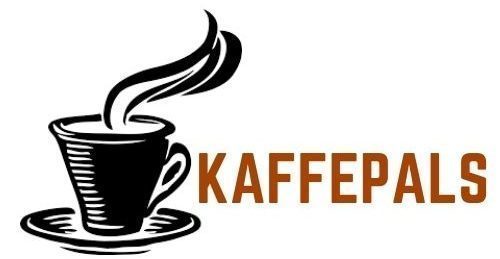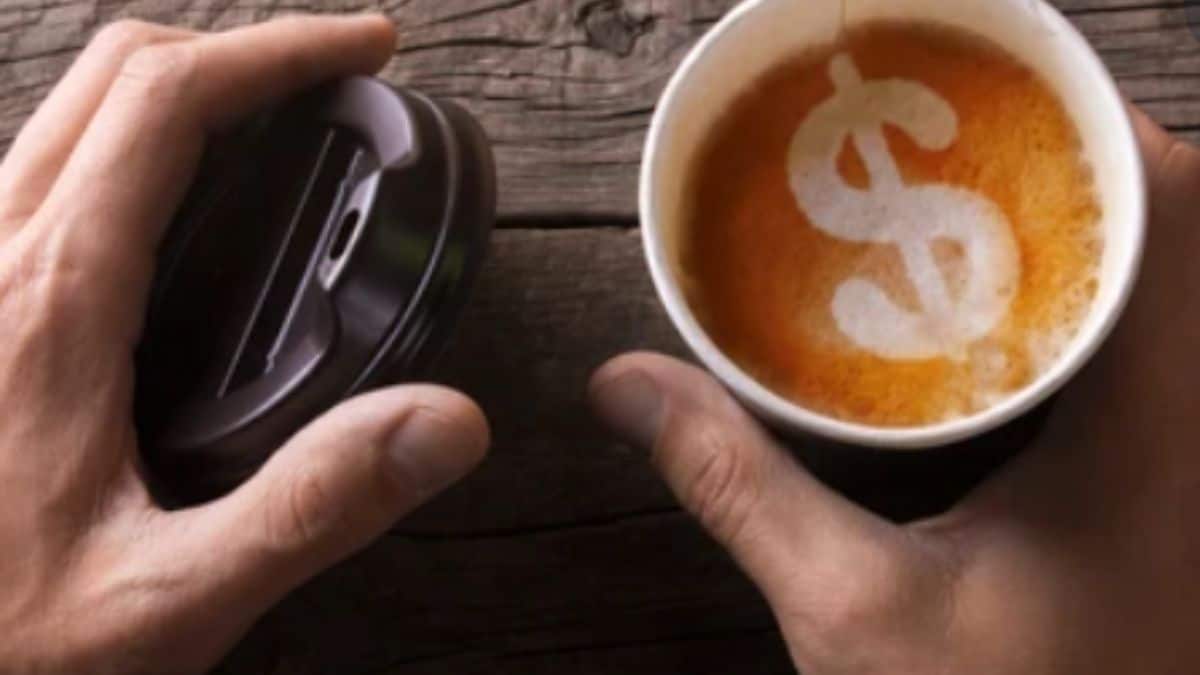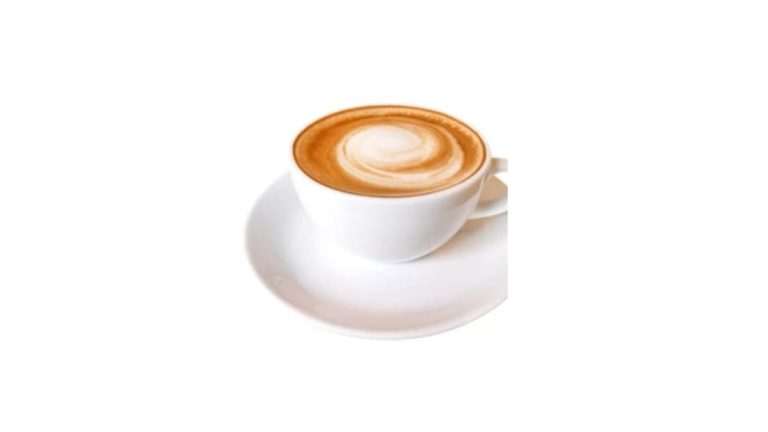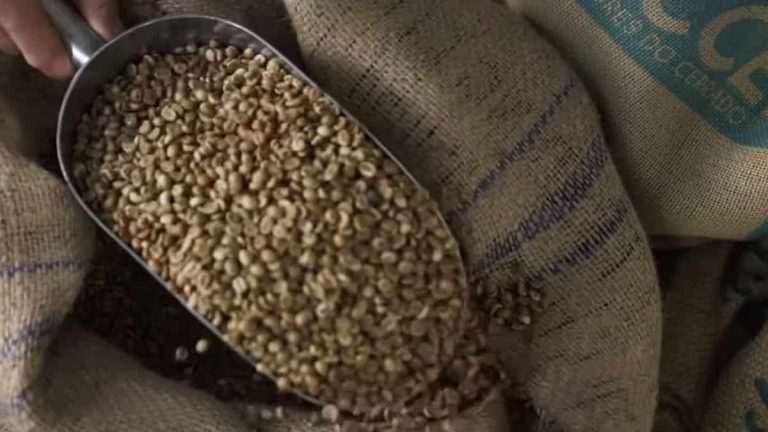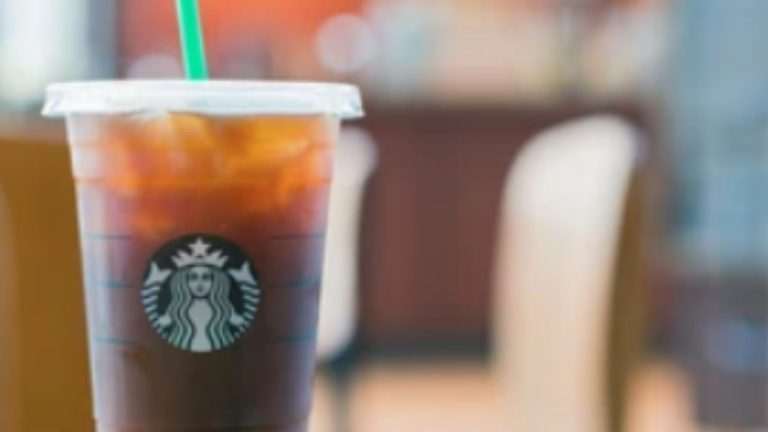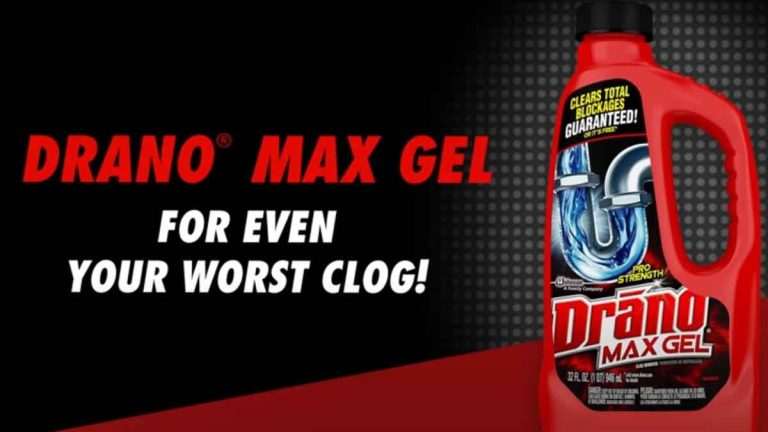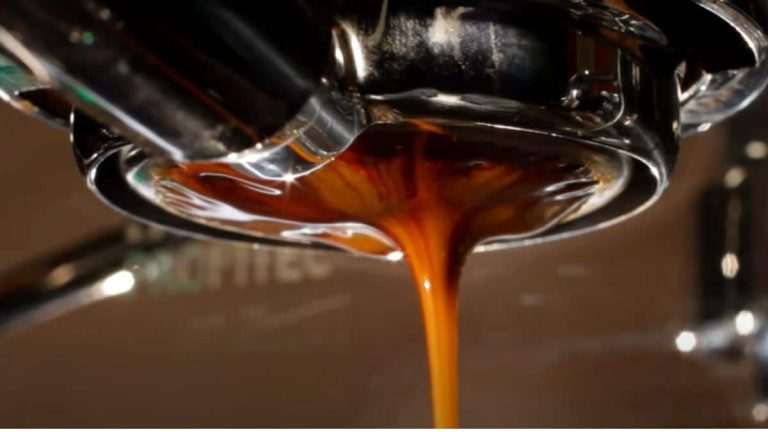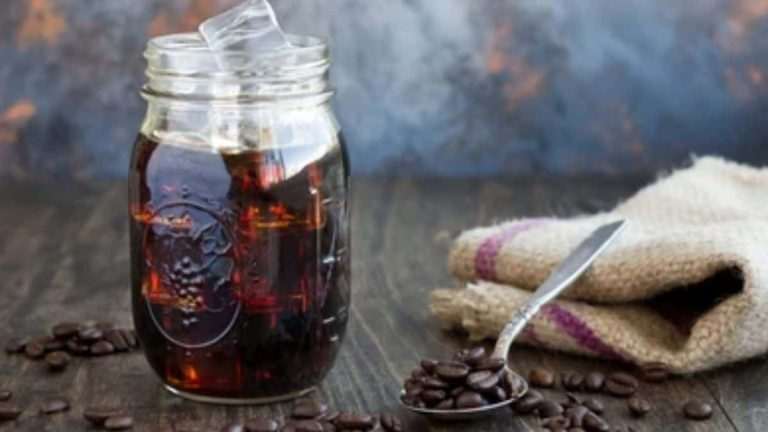Why is coffee so expensive?
We live in an era where we can almost get anything within a few clicks. However, the price of everything is skyrocketing to the point that people can no longer afford a simple cup of Joe. Why is coffee so expensive?
Introduction
Table of Contents
It’s no surprise that coffee is expensive. Everything happens on a small scale from the time it takes to grow the beans and then harvest, roast, grind, and brew them. The roasting procedure affects the beverage’s quality, but that doesn’t explain the exorbitant price.
We get this question every day. Seriously. We do. For example, a friend told me he paid $5 for a cup of coffee at his local shop. I asked him, “Are you sure it wasn’t $4.50 because that is overpriced” and then questioned why he didn’t shop around instead. You see, if you go to the farmers’ market and buy a pound of coffee beans for $8, which gives you 12 cups of coffee (more than once per day for a month), then that seems like a fair price to me. But for some reason, most people think paying $5 for even one cup of coffee is not crazy high.
Everybody loves coffee. And you love your coffee. Let me guess: you are a regular customer at your local coffee shop, going there every day for your caffeine fix. You enjoy their service and caffeinated product so much that you thought about getting a job there. Or, maybe you even have one. But do you ever wonder why it’s so expensive when the most essential ingredient is just ground beans? Here we’re going to find out why coffee can be pricey, or would it not be better just using an auto-drip coffee maker to save some money?
So, if it’s not the price or quantity of coffee imported into the United States, here are reasons why your caffeine addiction could be costing you more money.
Why is coffee so expensive in US?
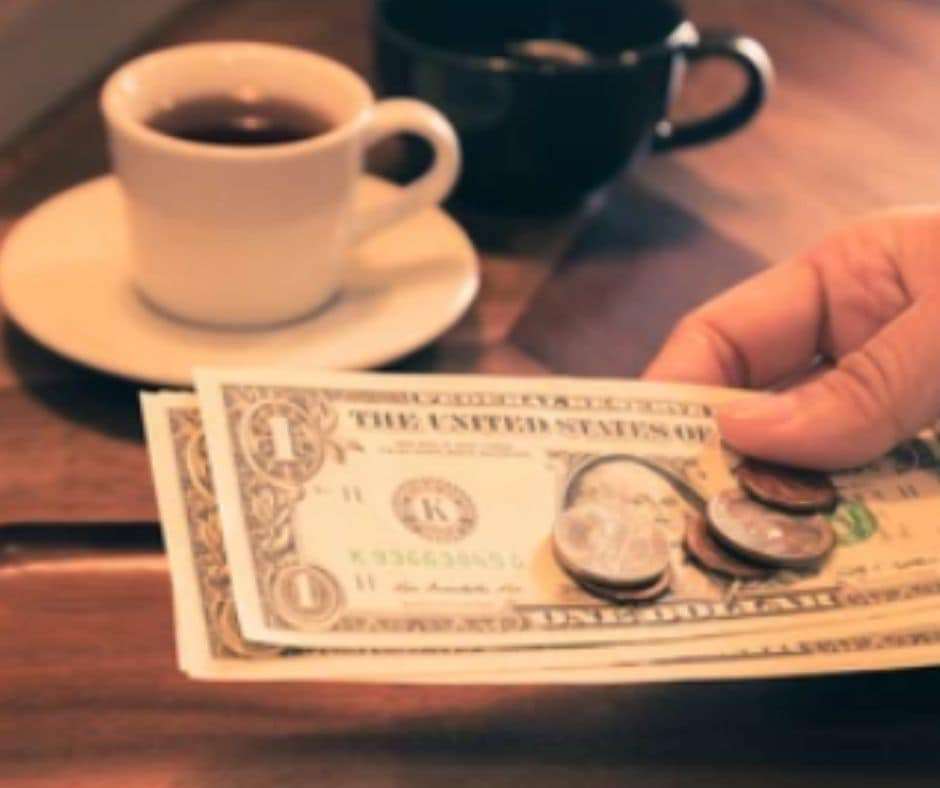
Higher taxes, production costs, and limited supply contribute to the price of coffee in the U.S.
According to Bloomberg, the price of a $3 cup of coffee in the United States is more than double the price in Italy, where a typical cup sells for $1.50. A $4 cup of joe in Norway will set you back $6 in New York City, according to Huffington Post calculations using data from Numbeo.
The reasons for the high cost vary by country but mainly have to do with taxes, transportation, and labor charges.
Some countries subsidize their agricultural sectors and agree with their growers that require a minimum price be paid per pound of coffee beans, Rosenthal said. That “floor price” is passed on to the consumer in these cases. In other countries like Italy and Brazil, where there is no minimum price requirement for growers, there can be more negotiating power for coffee retailers like Starbucks or local cafes.
Coffee shops around the country are seeing growing market saturation, leading to higher prices.
Therefore, growing Arabica beans in large quantities is more complicated, and they cost more money. “U.S. import rules for green coffee are more stringent than those of other countries,” according to research from the International Trade Centre. This makes it more expensive to buy green coffee from other countries, such as Brazil and Vietnam, increasing their prices. There are also many laws regarding how companies must sell their products containing coffee.
Is Starbucks coffee overpriced?

The main reason for that is the market, which is highly competitive. You will see many other cafes or restaurants that offer almost the same product at a lower price if you look around. Consider yourself lucky if you can find cheaper coffee in the US. However, it is not impossible to get cheaper Starbucks coffee by taking advantage of some discounts and promotions that they offer from time to time.
Starbucks has been in the news lately, as they have been accused of overcharging customers. Starbucks has been criticized time after time for its high-priced menu items. People often ask, “Why is coffee so expensive at Starbucks?” That question is relatively simple, but it isn’t what people expect.
The prices of drinks at Starbucks are based on a few factors, including the type of drink ordered and whether or not it contains espresso. The latte is one of the most popular drinks at Starbucks, and it’s also one of the most profitable for them to sell. This explains why a small latte from Starbucks can cost $3 or more depending on where you live and what type of drink you order (vanilla syrup vs hazelnut syrup). On top of that, there are many other drinks on the menu that are similarly priced because they are worth that much money to Starbucks when they sell those beverages.
- Tipping policy
As a rule, it is customary to tip baristas who work at cafes, especially if the food and drinks are ordered from their counter and not from their tables. Tipping only makes sense if your order exceeds $3. If you want to save money when ordering expensive drinks, then be sure to bring your mug with you when you visit the cafe. You will even get another discount for bringing back your used cups on each visit. This trick will save you $1 per drink without having to skip out on their coffee altogether.
- The popularity of cold brew is on the rise.
Cold-brew coffee is more expensive than ordinary coffee because it requires more beans per serving than standard hot brewed coffee.
The procedure of making cold-brew coffee is also more time-consuming than that of making ordinary iced coffee. Instead of pouring warm brewed coffee over ice, the cold-brew blend is steeped for hours (in the case of Starbucks, for 20 hours) in a container of chilled water.
When Starbucks first offered cold-brew batches in 2015, a 16-ounce cold brew cost $3.25 on average, while a conventional iced coffee cost $2.65.
In June 2018, a 16-ounce freshly brewed cup of hot coffee cost $2.25 at a Starbucks in Dallas, an iced coffee cost $2.75, and a Nario 70 Cold Brew coffee cost $3.45 (prices do not include tax).
As customers become more interested in cold-brew coffee, it may continue to be a factor in the rise in coffee costs witnessed in the market.
Which coffee is so costly?
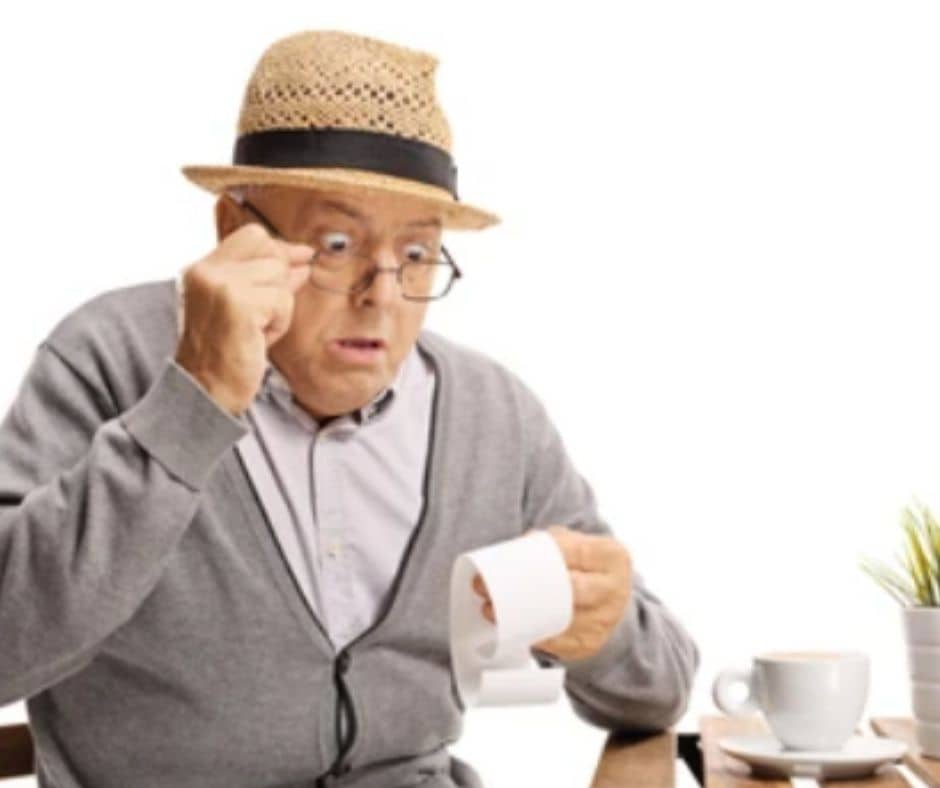
The most expensive coffee on earth costs around $100 per pound. It’s called Kopi Luwak, and it’s made from beans that have made a very unusual journey before ending up in your cup.
Tens of thousands of coffee beans are eaten every day by the Asian palm civet, a cat-like creature found in the jungles of Sumatra and Java. The civet eats the red, ripe coffee cherries from the trees; then, they pass through the animal’s system undigested. When the cherries are gathered from underneath the civet’s tree trunk shelter, the beans inside are clean and ready to roast.
The animals eat only the ripest fruit, so the coffee that comes out of their droppings is a product of their discriminating taste: single-origin Arabica beans with perfectly balanced acids and notes of cocoa and hazelnut.
The beans are cleaned up and roasted at high temperatures to bring out the flavor. Some people describe this flavor as “chocolatey,” “nutty”, or “earthy.” It’s hard to pinpoint, but it’s unique — not what most people expect when buying regular old ground coffee at the grocery store.
Why is Arabica coffee so expensive?
Arabica coffee is considered a luxury, and it is one of the most expensive types of coffee on the market. Arabica coffee is mainly produced in South America and Asia, and Africa.
It may be surprising to see that this kind of coffee is costly and that you can’t buy it for a low price if you want to enjoy the natural taste of this unique drink. Even though this kind of coffee is more expensive than other kinds, some people appreciate its taste and are ready to spend a lot of money on it.
Taste is subjective and depends upon personal preference. The bottom line is where you get your coffee from.
Many people don’t realize that Arabica beans are more expensive to grow and have a shorter shelf life. Arabica beans are the main ingredient found in the most popular coffees. However, there is a catch; an Arabica tree takes about three years to produce its first harvestable crop. That makes Arabica beans even more expensive to produce as compared to Robusta beans.
Arabica beans are cultivated in regions near the equator, which means that they enjoy milder climates than other coffee-producing countries such as Brazil and Jamaica. This accounts for higher production costs and why Arabica coffee is so expensive.
Robusta beans grow in harsher and cooler climates and can be harvested in shorter periods of time, making them less costly to produce than their Arabica counterparts.
There are a number of factors that influence the price of coffee. The most important is the grade, or variety, of bean used. Arabica beans are considered higher quality beans, which is why they cost more than Robusta beans. This demand for high-quality Arabica beans also means a smaller supply of them, which drives up their cost.
Taste is another major factor in what you pay for your coffee. If you’re using Arabica beans in your drink, it’s going to taste better than if you were using cheaper Robusta beans. This increases the perceived value of your glass and therefore drives up the price.
The first thing that makes Arabica coffee expensive is that there are limited sources of this bean. The production areas are small, and they are far apart from each other too. There aren’t many countries that produce Arabica coffee beans compared to Robusta coffee beans. Robusta beans can be easily found and produced, but they lack so many benefits compared to Arabica beans.
Nutrition is another reason people might be willing to spend more money on their coffee. Coffee can help you increase your metabolism and boost your energy levels.
Finally, ground coffee has a much greater shelf life than whole bean coffee does. This means that ground coffee will stay fresh for more extended periods, giving you a consistent flavor every time you brew a cup!
Why is specialty coffee so expensive?
If you’re a coffee drinker, you’ve likely wondered about the price of specialty coffees. Prices for specialty coffees can vary wildly from store to store, even if they are selling the same type of coffee. Even within a single store, you may pay more for a cup of coffee than someone else in the shop.
Specialty coffee is so expensive because there is always a market willing to pay more for something that is rare, unique and difficult to acquire. If your local grocery store carries Stumptown Coffee Roasters in their organic whole bean form, they will charge enough to cover the cost of organic beans and shipping.
If they were to start carrying Stumptown pre-ground coffee (and you were able to get it cheaper elsewhere), they would have to raise their prices unless they could pull enough business away from their competition to make up the difference.
But specialty coffee is only getting more popular — it’s easier than ever for customers and retailers alike to find quality java at more reasonable prices.
Specialty coffee is all about quality. You might say that brewing the perfect cup of coffee isn’t all that different from brewing an ideal cup of tea. Still, with the advent of baristas using espresso machines to make lattes and cappuccinos for the masses, you have a lot more choices than ever before.
There are countless factors involved in making specialty coffee, some of which are obvious: different roasts, grinds, brew methods, etc. Then there are the less visible variables that can have a significant impact on the price of your cup: region (coffee beans are grown in the specific areas), certification (specialty coffee is subject to strict standards), age (old-school shops use a lot of old equipment), the method used to roast and grind the beans, and so on.
You look at the price of a cup of coffee, and you assume it’s just the cost of the beans. But that’s not where the actual expense is.
Specialty coffee is expensive because it takes a lot of time and makes, regardless of how cheap it is (which it usually isn’t). Time and energy are costly, but money is the final cost. Specialty coffee is expensive because, in addition to the labor costs, all coffees are subject to higher prices than mass-produced coffees. That’s why Starbucks can make more money selling you a caramel macchiato than they do selling you an unsweetened iced tea, even though their lattes are made with the same amount of milk as their iced teas.
Which is cheaper, tea or coffee?
Each cup of coffee is made up of thousands of taste bud-pleasing micro-flavors, which are all tied together by the brew’s overall balance. When you taste a cup of coffee, each flavor — be it chocolate, caramel or strawberry — comes through and makes its presence felt. The flavors contribute to the overall balance and make the brew genuinely unique.
But specialty coffees, which are brewed using unique methods and ingredients, can command a much higher price. A scone with cinnamon and ginger may be equally delicious as a chocolate chip cookie, but because it was made with an expensive spice blend and baked in a custom oven, the doughnut sells for about five times more than the scone.
The same principle applies to beverages. If you compare low-cost tea or beer to high-end wine or whiskey, You’ll find they don’t have nearly as much in common as you might think. If you’re looking at wine as just another beverage choice like beer or tea, your palate probably won’t tell you why wines sell for more than beers. But if you consider wine a more sophisticated way to drink beer or tea, the differences begin to make sense.
The price of coffee and tea depends on a number of factors. While there are lots of variables, here are the main ones that can impact prices at a coffee shop:
- The cost of the coffee beans. The most expensive types, like Arabica beans from Central America, are highly associated with quality. However, coffee is grown in many different regions and countries, so you’ll find that prices vary widely between countries.
- The cost of the equipment used to prepare it. Baristas at some top-rated cafes spend hundreds of dollars on high-end espresso machines and grinders. Coffee makers are less expensive but also more complicated to use, which means higher labor costs for baristas.
- The cost labor to roast them. Roasting is a labor-intensive process that requires a high level of skill and attention to detail. It’s also a repetitious operation that can be done by machine if no one is available to do it manually.
- The cost of ingredients used to make your drink. For example, not all coffees use equal amounts of water or milk to brewing each cup; some bars will charge you extra for these extras.
Conclusion
Overall, it appears that this trend towards $10 a cup of coffee is in no danger of reversing. After all, coffee prices have been on the rise for the last three years. At the same time, though, the cost of coffee will continue to rise as long as coffee demand continues to outpace supply.
People do not consider the associated expenditures while ordering coffee in cafes. Although a cup of coffee may appear to be inexpensive, sugar and other creamers are frequently provided for free, and these condiments can be pretty costly. Milk, in particular, can become exceedingly expensive, even if not everyone consumes it. The price includes the cup in which your coffee is served, as well as stirring devices, to-go lids, and protective sleeves that keep to-go cups comfortable to hold.
The price of coffee is determined by a few key factors: location, proximity to a port, and culture. Papua New Guinea, Rwanda, and Ethiopia are the places with the highest coffee prices. The main reason coffee costs so much more in these countries is how difficult it is to grow and harvest.
